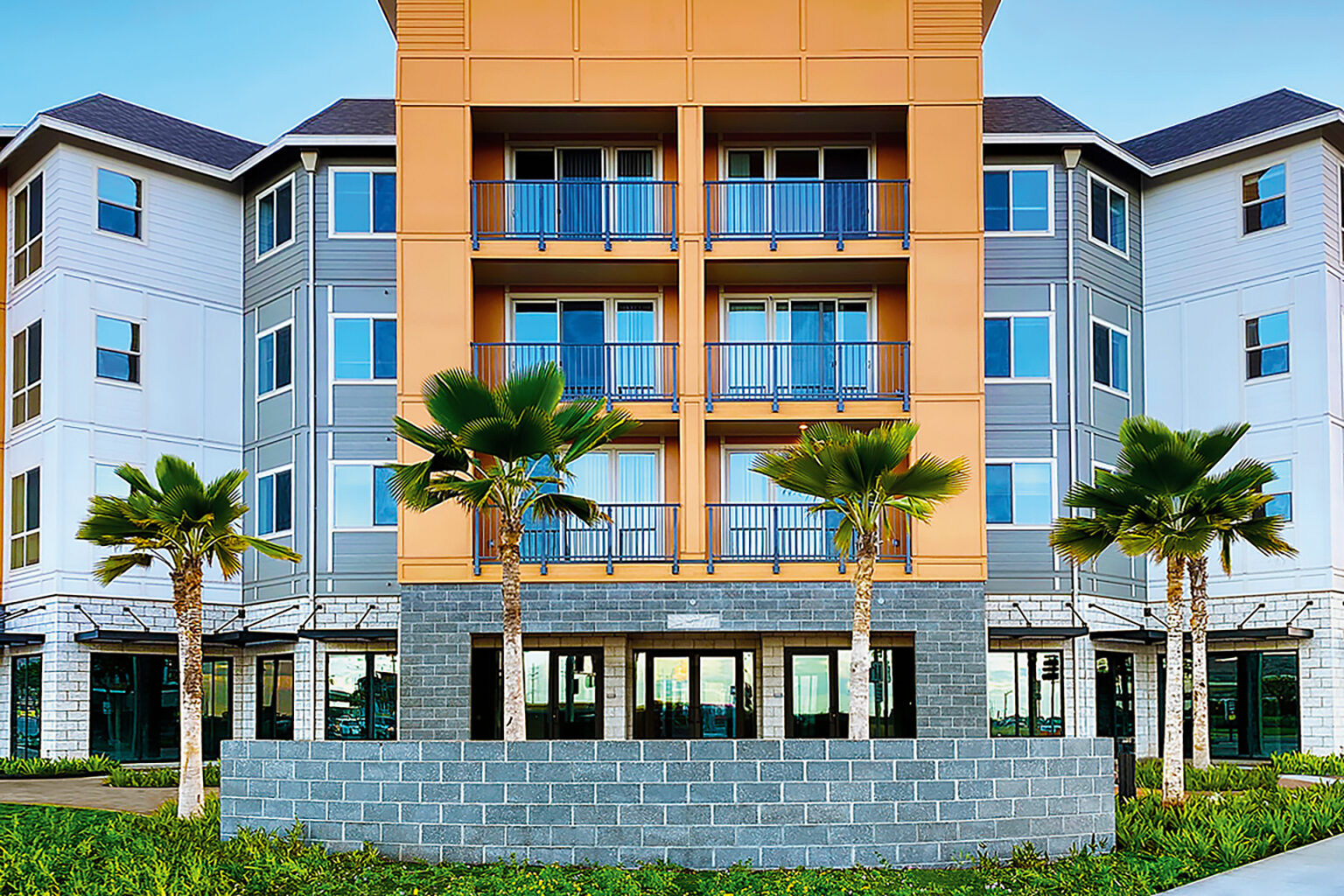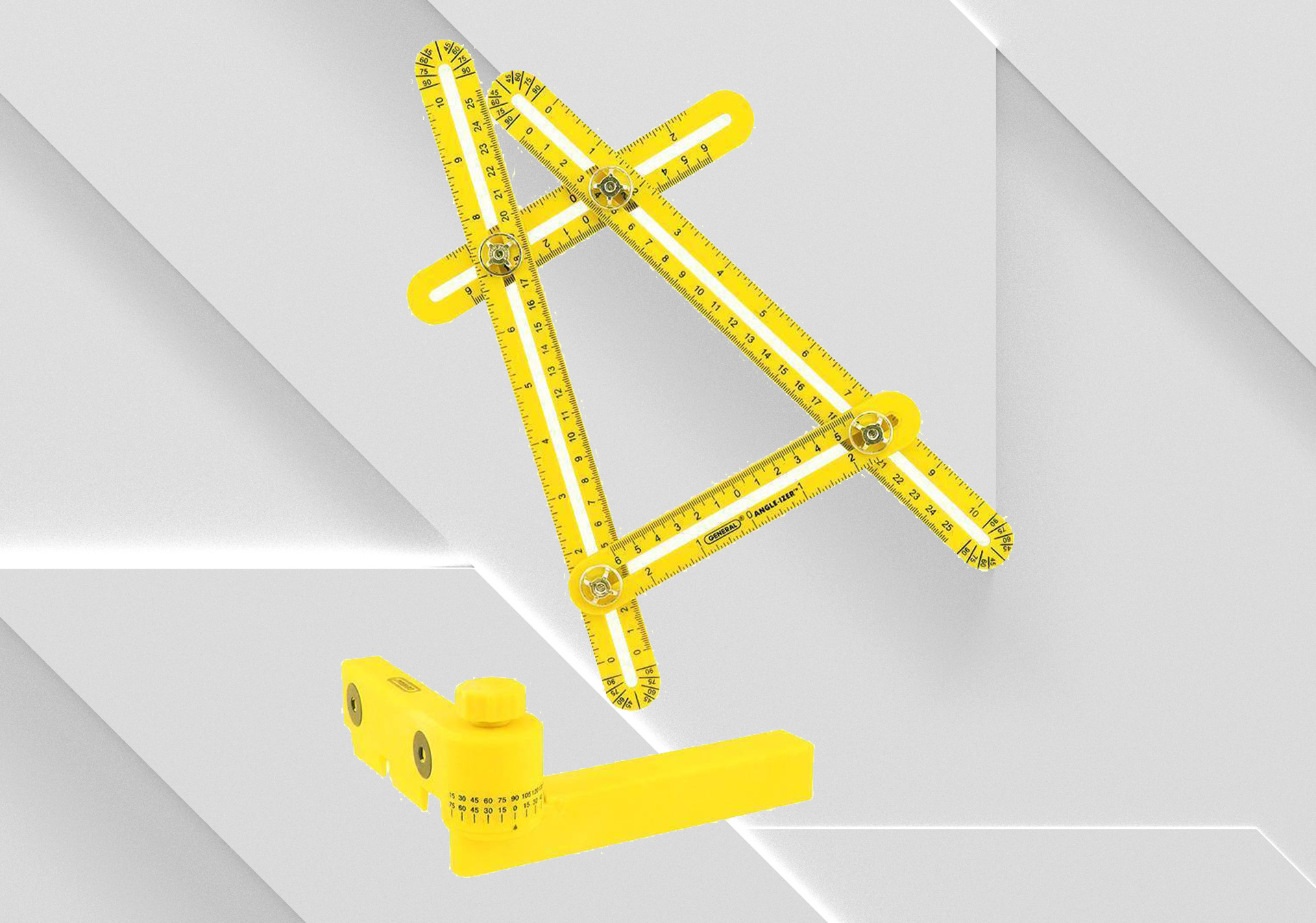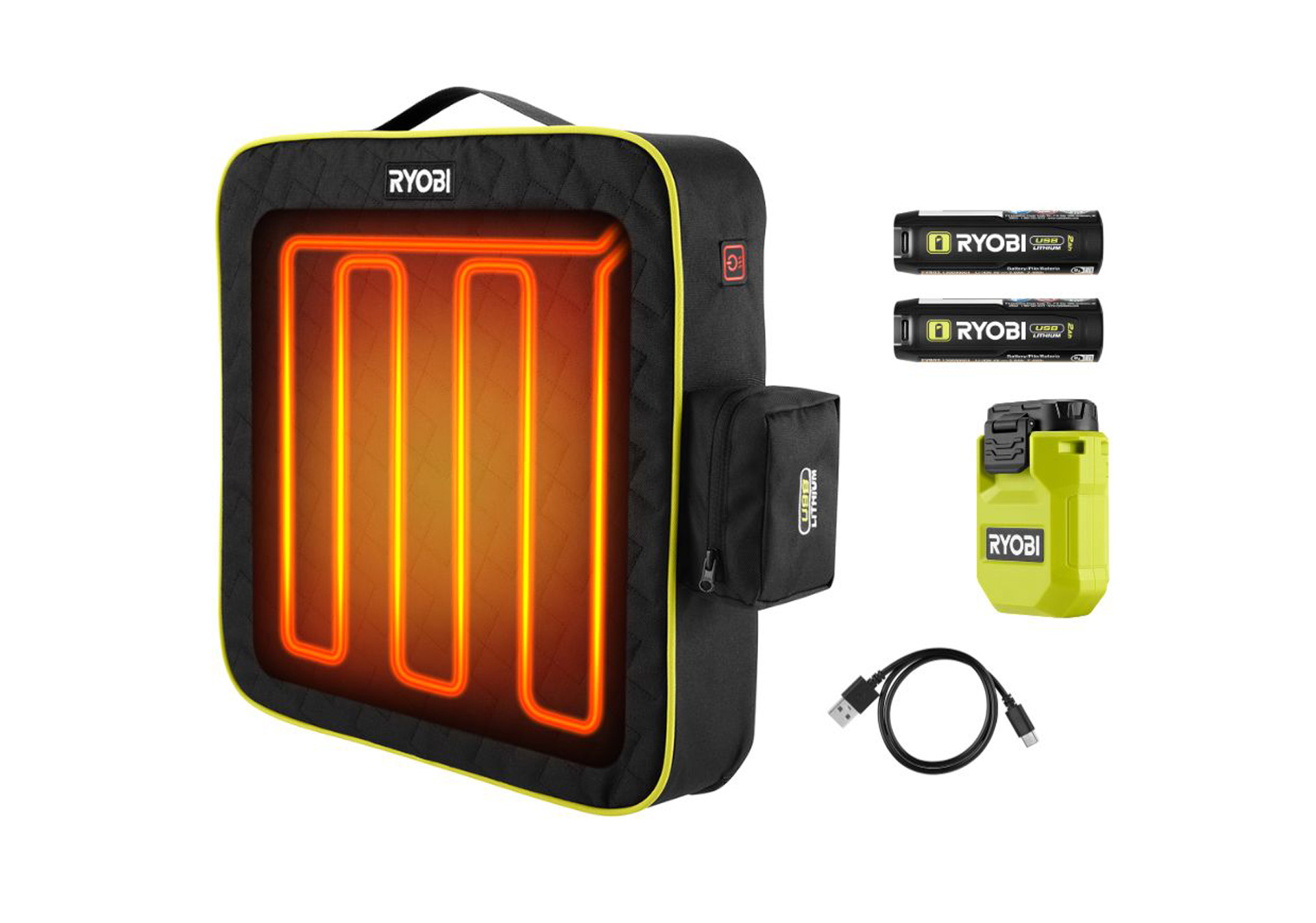While the concrete masonry unit (CMU) — typically regarded as the workhorse of the construction industry — is celebrated for its strength and reliability, it is seldom praised for its aesthetics. Utilitarian and practical, its smooth gray surface is often viewed as a blank canvas for priming, painting and plastering.
“Behold, the lowly block,” reads a 1956 article from House and Home magazine. “It wasn’t so long ago that a concrete block would not dare to show its face in polite society. Block was used in foundation walls, as a backup for brick or stucco — or on the side of the house or garage where it was least conspicuous.”
Renowned architect Frank Lloyd Wright shared similar observations.
“[The concrete block] was the cheapest (and ugliest) thing in the building world. It lived mostly in the architectural gutter as an imitation of rock-faced stone,” Wright noted in his autobiography. “Why not see what could be done with that gutter rat? Why would [concrete block] not be fit for a new phase of our modern architecture? It might be permanent, noble, beautiful.”
THE NEW ‘FACE’ OF CONCRETE MASONRY
Several decades after Wright challenged public perceptions about concrete blocks, diamonds would find widespread use in industrial applications with the invention of their synthetic counterpart.
One such application was the grinding machine, which was used to abrade the surface of the lowly concrete block. Today, we call these units ground face block (GFB) and they are in many ways the embodiment of the untapped potential Frank Lloyd Wright observed over a century ago.
To produce GFB, manufacturers apply diamond blades to the surface of standard CMUs. The grinding process strips away as much as 1/16 of an inch from the surface layer, revealing a mosaic-like pattern of aggregates embedded within a concrete matrix. The block face is buffed to a smooth, velvety texture that ages beautifully and doesn’t require additional finishing.
In Hawai‘i, GFB is manufactured with locally-sourced aggregates that showcase the raw beauty of Hawai‘i’s indigenous rock: coral limestone from Nānākuli, red cinders from the Big Island, basalt from Hālawa quarry.
INTRODUCING THE HOUSING CRISIS HERO
In 2024, as Hawai‘i finds itself in the midst of a housing crisis, we encourage a reexamination of the standard gray concrete block and introduce its successor, GFB, as a unique and multifaceted solution to our current housing predicament.
If Hawai‘i’s housing crisis is a “supply-and-demand” issue, the obvious solution is to build more housing, i.e., increase density. For those who recently witnessed the mass exodus of loved ones who could no longer afford Hawai‘i’s exorbitant cost of living, “density” is a trigger word that elicits visions of a concrete jungle encroaching on tropical paradise.
Under the looming threat of gentrification, local residents recoil at the idea of embracing density. While building more high-rise condos may alleviate some of the cost and space issues, it does nothing to assuage local residents’ fears of losing their unique cultural heritage.
At the heart of the matter, Hawai‘i’s affordable housing crisis is also an identity crisis.
New developments need not be harbingers of cultural annihilation. “Gentle Density” refers to a planning philosophy that encourages the thoughtful integration of medium-scale developments within the existing urban fabric.
Less invasive than a towering apartment building, the three-story walkup introduces additional housing in a gradual way. When constructed with GFB, three-story walk ups can be affordable without sacrificing quality.
For most of the U.S., extreme weather conditions require the use of multi-wythe walls in building envelopes. In Hawai‘i’s moderate climate, commercial and residential building codes permit the use of single-wythe masonry walls. In addition, masonry walls do not require continuous insulation. It is here that the integrity of the GFB finds its full expression, serving not only as the structure, but also as its facade and its ornament.
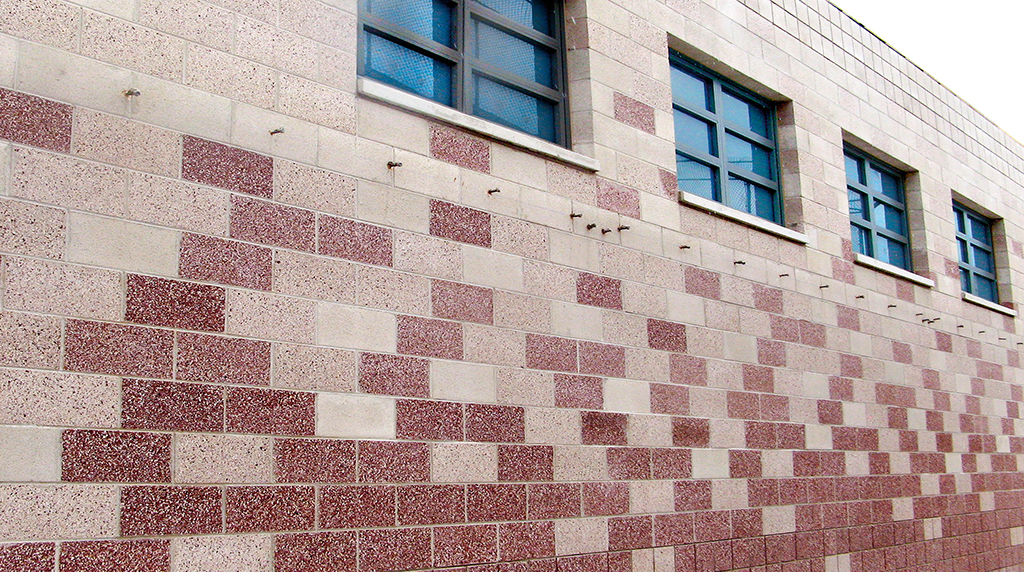
Farrington High School Close Up
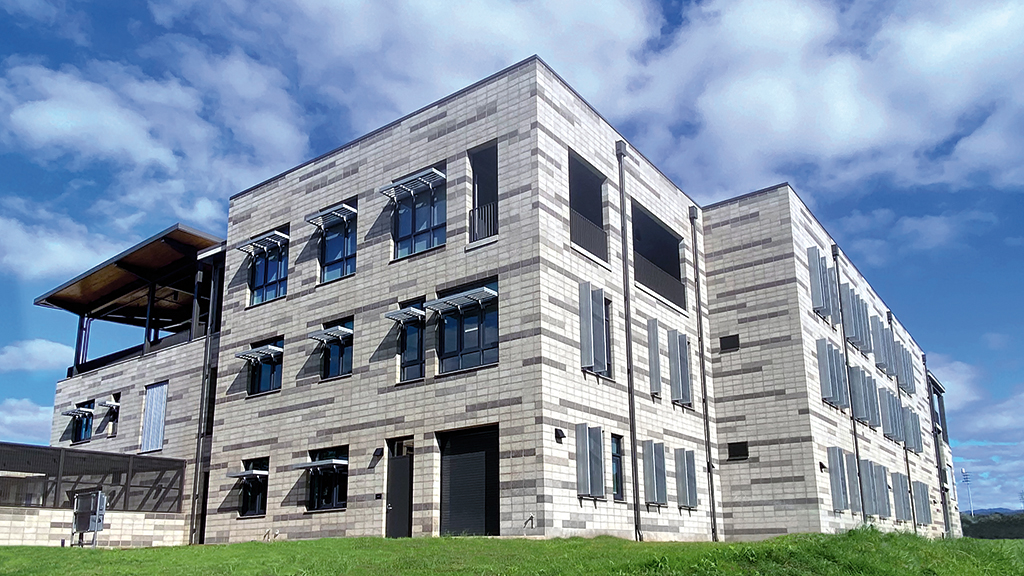
Waipahu High School
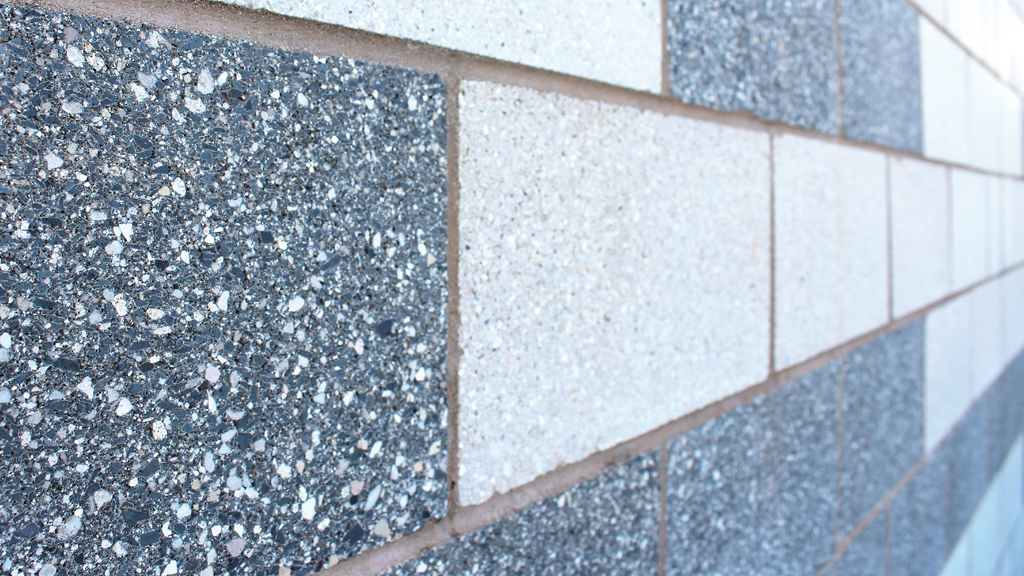
Puunene Shopping Close Up
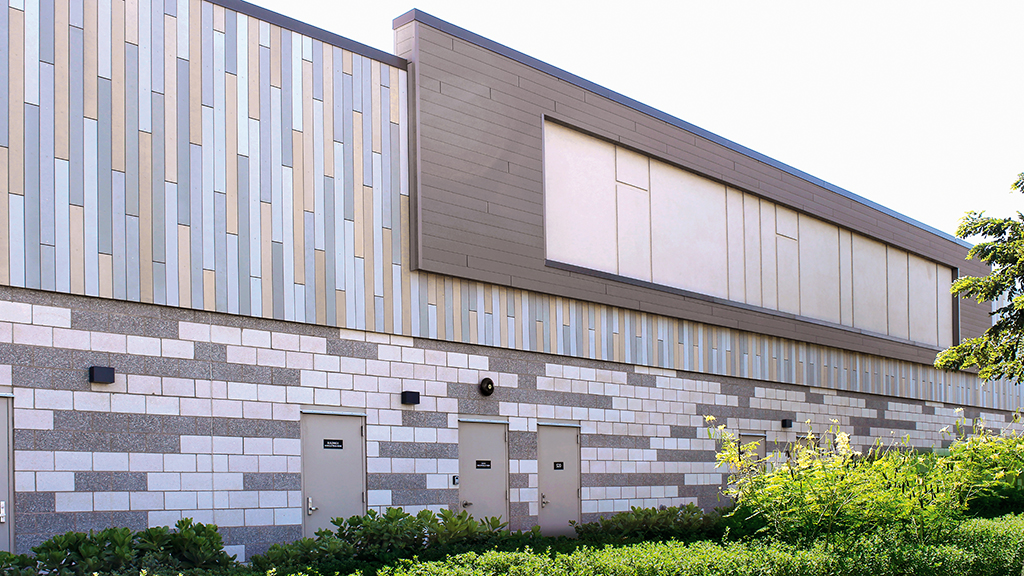
Puunene Shopping Outside
MORE BENEFITS THAN EVER
In addition to the benefits of traditional CMU, GFB provides aesthetics and affordability. It is particularly suited for multifamily units because its inherent qualities offer many benefits for high-density living.
Safety & Peace of Mind: The unparalleled strength and durability of GFB provides resilient infrastructure that is blast-resistant, wind-resistant, fire-resistant and impact-resistant. Whether it is protection from a natural disaster or terrorist attack, the peace of mind that results from feeling safe and secure is paramount for the psychological well-being of its occupants.
Compared to other building materials, GFB provides superior fire protection that does not require activation the way sprinklers do. If a unit catches fire, neighboring units are protected from fire spread and smoke (compartmentation) because GFB walls won’t catch fire.
Made To Last: Strength and durability means minimal repairs to balconies, porches, stairs and exterior walls. In addition, the building envelope will last 50 to100 years longer than buildings constructed with wood or steel, lending itself to adaptive reuse.
To boost durability and preserve the appearance, an integral water-repellent additive is incorporated using a three-stage protection system (manufacturing, mortar, sealing) that improves texture and consistency, enhances color, reduces efflorescence, blocks out moisture and provides graffiti protection.
Minimal Maintenance: Painted buildings are subject to discoloration and peeling from UV degradation, age and water penetration. The labor and materials needed to scrape off old paint, patch, re-prime and repaint results in costly maintenance fees. GFB is also easy to maintain, requiring application of a clear sealer once every 10 to 25 years.
Cost Savings: From a life-cycle perspective, GFB is more affordable than other building materials. When multiple faces of the block are ground, GFB serves as a finished wall on both the interior and exterior, which eliminates the need for priming, painting, plastering, veneers or insulation.
The savings in labor and materials, minimal maintenance costs, lower energy usage, fast construction due to short material lead times and small footprint that enables parallel installation with other trades, lower builder’s risk insurance premiums (over other building materials), and lower annual property insurance costs (over other building materials) all contribute to a profitable investment and faster return on investment. High-quality units equal exceptional tenant retention, which results in stable income.
Comfort & Enhanced Privacy: In Hawai‘i’s tropical climate, high thermal mass regulates temperatures, creating comfortable indoor environments. Outdoor heat is both dampened and delayed, resulting in significant energy savings.
The same features that make concrete homes energy-efficient (mass walls and tight construction) make them good for privacy, too. One of the biggest complaints of multifamily occupants — and a top reason for moving — is noise from neighbors or the outside. Natural sound-proofing means two-way privacy: you won’t hear them and they won’t hear you.
Healthy Living Spaces: Concrete is inert, contributes to good indoor air quality, is mold-resistant and termite-resistant. Pests don’t eat it and have a hard time penetrating it. The finished surface minimizes volatile organic compounds (VOCs) and interior emissions to create healthier indoor environments.
Aesthetically Pleasing: New innovations in manufacturing provide designers with an array of customized color options. The exposed natural aggregate and a terrazzo-like finish creates a timeless aesthetic that satisfies our biophilic need for natural beauty.
GFB buildings feature many unique properties that promote the physical, psychological and emotional well-being of its occupants. This enhanced quality of life creates a sense of place and belonging — it’s what makes the difference between a house and a home.
And when the inherent properties and affordability of CMU are combined with government-incentivized affordable housing programs that fast-track building permits, everyone — from tenants, to building managers, to owners — reap the benefits.

